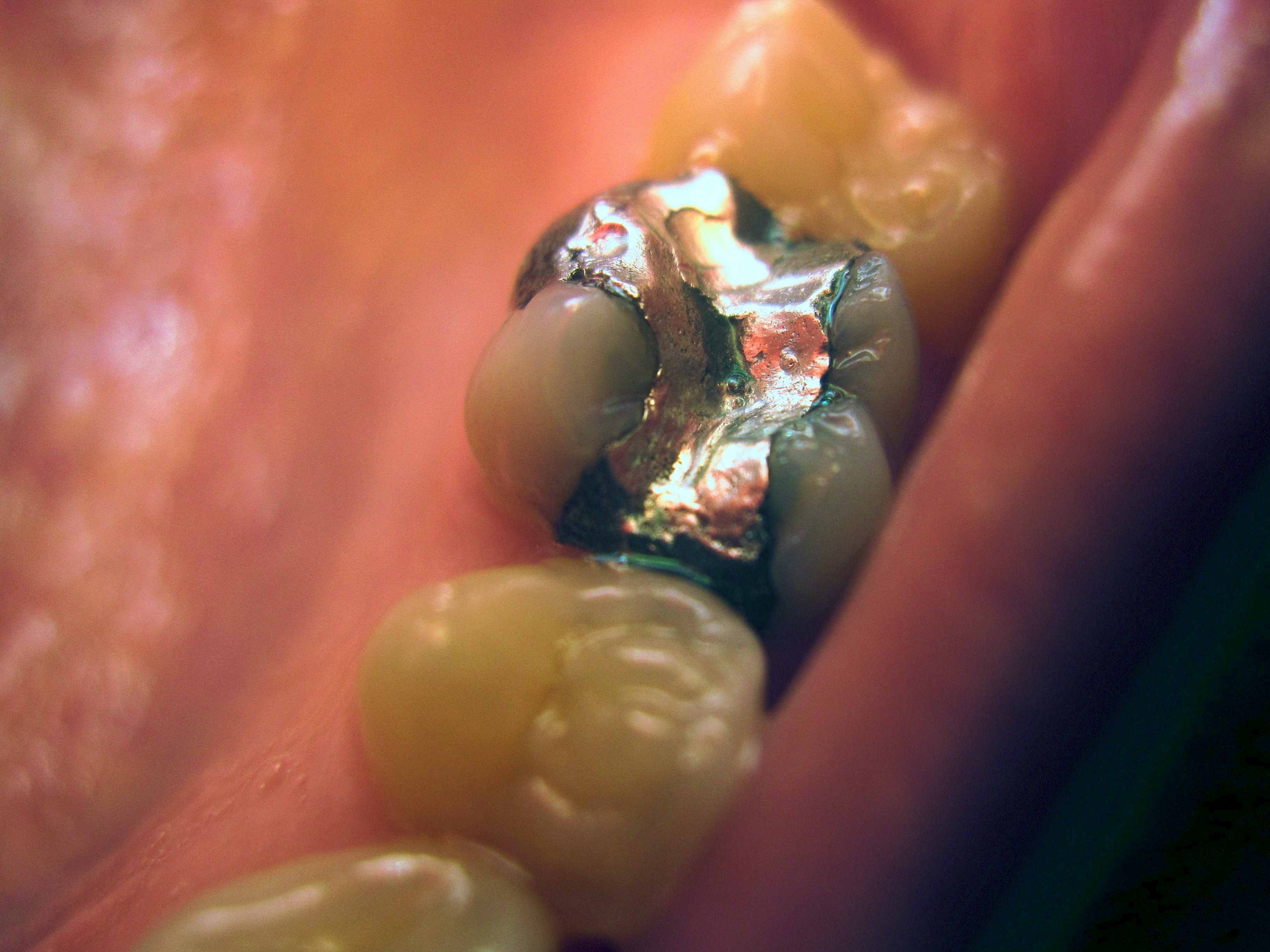
Mercury Fillings: ADA Attacked for Mercury Denialism
In the late 1970s and early 1980s, over 50 American women were killed by their tampons. Although the FDA and the feminine hygiene industry have gone to tremendous lengths to try to memory hole this true history (and label it just a "rumor"), tampons made from certain non-natural fibers were found to harbor deadly bacteria and release a sufficient quantity of chemicals to kill or injure over a thousand women.
January 19, 2016 | Source: Mercola | by Dr. Mercola
More than 100 million Americans have mercury fillings, also known as amalgams, in their teeth.
As evidence grows showing that implanting mercury — one of the most toxic elements — into your body (and mere inches from your brain, no less) is indeed harmful, you might expect the American Dental Association (ADA) to take action.
Yet, the ADA continues to state that amalgam is “considered a safe, affordable and durable material,” and “has established a record of safety and effectiveness.”1 As reported by journalist Greg Gordon for McClatchy DC:2
“For decades, the American Dental Association has resolutely defended the safety of mercury fillings … even muzzling dentists who dared to warn patients that such fillings might make them sick.
The association has lobbied the Food and Drug Administration [FDA] to ensure the fillings, which contain one of the world’s most menacing toxins, receive a government seal of safety and wouldn’t be tightly regulated.
For years, the ADA also resisted Environmental Protection Agency rules that would force dentists to stop dumping tons of mercury debris down public sewer lines, even as the United States and 128 other nations negotiated a treaty to curb mercury’s global spread.”
Four in 10 People May Have Genetic Traits Making Them Especially Vulnerable to Mercury
A series of little-publicized studies by researchers from the University of Washington revealed that people with certain genetic variants are at particular risk from long-term, low-level release of mercury from fillings.
Initial results, published in 2006, found a genetic polymorphism of coproporphyrinogen oxidase (CPOX4) appeared to affect susceptibility for specific neurobehavioral functions associated with mercury exposure.3
A related study of 330 children with the CPOX4 variant, published in 2012, found that those with mercury fillings performed significantly worse on annual tests of memory, concentration and other neurological activities compared to children who received mercury-free treatments.4
At least two other studies also showed a link between this genetic variant and heightened risks from exposure to mercury fillings. McClatchy DC reported:5
“The results, in four papers published in scientific journals from 2011 to 2014, have escaped public attention, although the authors say up to 40 percent of the population has at least one of the genetic traits and could be affected.
Diana Echeverria, a scientist who collaborated with University of Washington toxicologist James Woods and others in the reassessment, said the susceptible groups face ‘a lifetime risk’ of neurological damage.
‘We’re not talking about a small risk,’ said Echeverria, who works for the Seattle-based Battelle Centers for Public Health Research and Evaluation.”
In all, at least a dozen common genetic polymorphisms may worsen the effects of mercury on behavioral process in children, the researchers noted. Males appear to be particularly susceptible to the effects, as girls were able to excrete more of the mercury in their urine.
In response to the findings and the new Minamata Convention on Mercury (which requires the phase down of amalgam use), the European Commission’s Scientific Committee on Emerging and Newly Identified Health Risks advised dentists to use mercury-free fillings in children and pregnant women.
But in the U.S., even though the FDA described the study as “well conducted” and FDA acknowledges that:
“The developing neurological systems in fetuses and young children may be more sensitive to the neurotoxic effects of mercury vapor.
Very limited to no clinical information is available regarding long-term health outcomes in pregnant women and their developing fetuses, and children under the age of six, including infants who are breastfed.”6
But despite these acknowledged risks, FDA said the evidence wasn’t yet strong enough to justify an amalgam ban.
Charlie Brown, who brought the lawsuit that forced FDA to classify amalgam, says “FDA acknowledges the neurological risks to these particularly vulnerable populations, but continues to permit its unrestricted use — essentially using them as guinea pigs.”
